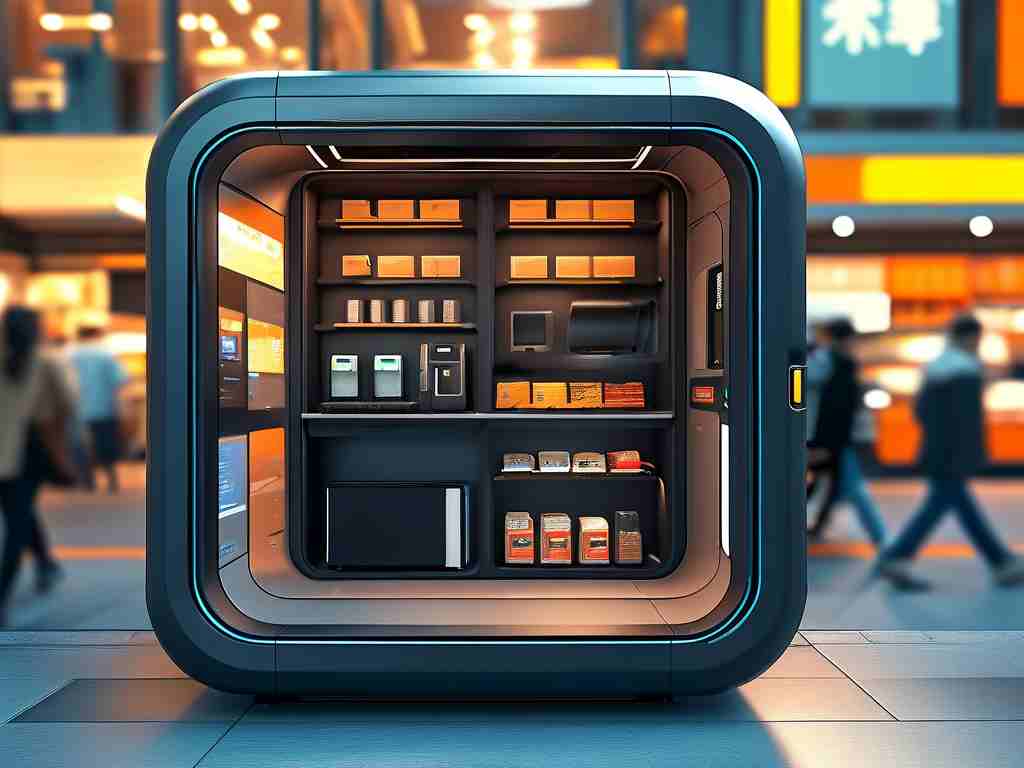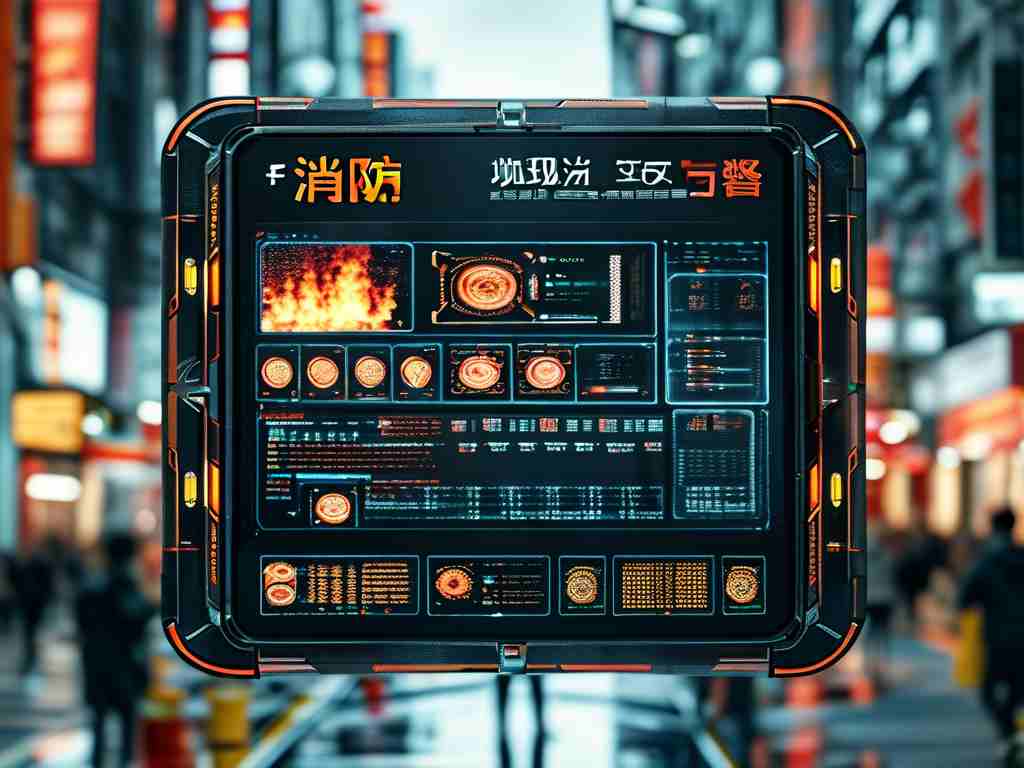The rapid growth of urban logistics and retail automation has driven the development of smart shared lockers, with embedded systems playing a pivotal role in their functionality. These lockers, often deployed in residential complexes, offices, and public spaces, rely on robust embedded hardware and software to manage access control, inventory tracking, and user interactions. This article explores the technical foundations of embedded development for shared locker systems, including hardware architecture, communication protocols, and security considerations.

Hardware Architecture
At the core of a shared locker system lies a microcontroller or System-on-Chip (SoC) platform. Many developers opt for ARM Cortex-M series processors due to their balance of performance and power efficiency. For instance, the STM32F4 series is widely used for its integrated peripherals, such as USB controllers and multiple UART interfaces, which simplify connectivity with RFID readers, touchscreens, and wireless modules.
A typical locker control board includes:
// Sample code snippet for locker door control
void unlock_door(uint8_t locker_id) {
GPIO_PinState state = HAL_GPIO_ReadPin(DOOR_SENSOR_PORT, DOOR_SENSOR_PIN);
if (state == GPIO_PIN_RESET) {
activate_solenoid(locker_id);
log_access_event(locker_id);
}
}
This code demonstrates basic door management logic, combining sensor input validation with actuator control.
Communication Protocols
Modern shared lockers require seamless connectivity for real-time data synchronization. While Wi-Fi and Bluetooth Low Energy (BLE) are common, some developers implement hybrid solutions. For example, using LoRaWAN for low-power status updates and 4G LTE for high-priority transactions ensures reliability in areas with unstable network coverage.
The MQTT protocol has emerged as a preferred choice for IoT locker systems due to its lightweight publish-subscribe model. A typical implementation might use TLS-encrypted MQTT messages to transmit access codes to locker clusters while minimizing bandwidth usage.
Security Considerations
Embedded security remains a critical challenge. Multi-layered protection strategies often include:
- Hardware-based secure elements (e.g., ATECC608A) for cryptographic operations
- Over-the-air (OTA) firmware updates with signed binaries
- Tamper detection circuits that wipe sensitive data upon physical intrusion attempts
Developers must also address side-channel attacks. One effective approach involves randomizing power consumption patterns during cryptographic operations using techniques like clock jitter injection.
Power Management
Energy efficiency directly impacts maintenance costs for battery-powered locker units. Advanced power gating architectures enable individual locker compartments to enter deep sleep modes (consuming <5μA) when idle. Wake-up triggers might include:
- NFC card detection
- Vibration sensor interrupts
- Scheduled maintenance checks
User Interaction Design
The embedded GUI framework significantly affects user experience. Many teams adopt LVGL (Light and Versatile Graphics Library) for its modular design and touchscreen optimization. A well-designed interface should support:
- Multi-language menus
- QR code scanning integration
- Offline payment processing via NFC
Testing and Validation
Rigorous testing under real-world conditions is essential. Developers often create custom test jigs that simulate thousands of access cycles while monitoring power consumption and thermal performance. Environmental stress testing (-20°C to 60°C) ensures reliability in extreme climates.
Future Trends
Emerging technologies like edge AI are reshaping shared locker systems. On-device machine learning models could enable facial recognition access or predictive maintenance by analyzing motor current signatures. Additionally, the integration of UWB (Ultra-Wideband) positioning may allow centimeter-level accuracy for automated delivery robots interacting with locker arrays.
In , embedded development for smart shared lockers demands a multidisciplinary approach, blending hardware engineering, network security, and user-centric design. As urban infrastructure evolves, these systems will increasingly serve as critical nodes in smart city ecosystems, requiring developers to balance innovation with robustness and scalability.









